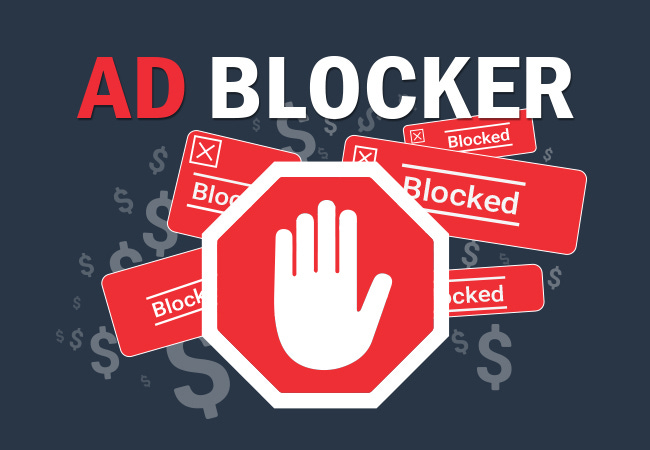Monetizing a blog is not just about generating revenue; it’s also an effective way to drive more traffic, boost engagement, and expand your brand’s digital presence. For B2B SaaS companies, a well-monetized blog can become a key tool in your marketing funnel, helping you attract quality leads while offering valuable content.
1. Optimize for SEO to Drive Organic Traffic
SEO remains one of the most effective ways to attract visitors to your blog. A well-optimized blog can rank higher on search engines, which in turn drives organic traffic. According to a report by BrightEdge, 53% of website traffic comes from organic search.
To optimize your blog:
- Focus on long-tail keywords that your target audience is searching for.
- Ensure your site has a fast loading time.
- Use internal and external linking to boost your blog’s authority.
You can monetize SEO traffic by integrating affiliate links, promoting SaaS products, or selling ad space on high-traffic blog posts.
2. Leverage Affiliate Marketing
Affiliate marketing is a highly effective monetization strategy. By partnering with relevant companies and promoting their products or services in your blog posts, you can earn commissions. In 2023, global affiliate marketing spending is expected to reach $8.2 billion, with a significant portion of that being generated from B2B niches .
For B2B SaaS companies, affiliate links to complementary tools or software can be placed within educational content, case studies, or product comparisons. This not only drives revenue but also adds value for readers who are looking for solutions to their business challenges.
3. Sell Digital Products
Many B2B SaaS blogs successfully monetize by offering digital products like eBooks, templates, and online courses. According to Statista, the eLearning market will grow to $457.8 billion by 2026, reflecting the rising demand for knowledge-based products .
You can create specialized courses related to your SaaS niche and sell them directly on your blog. This can establish you as a thought leader while offering readers actionable insights. Additionally, free tools or trials can attract new users to your SaaS product.
4. Implement Pay-Per-Click (PPC) Ads
While display ads might not seem appealing at first, if done right, they can become a passive source of income. Google AdSense is a common choice, allowing you to display ads on your blog and earn a share of revenue for each click.
For high-traffic B2B SaaS blogs, ads related to technology, software, and business solutions can perform exceptionally well. Just make sure your ads are relevant to your content, so they enhance rather than detract from the user experience.
5. Utilize Sponsored Content
Sponsored posts are a fantastic way to monetize a blog while also delivering valuable content to your audience. SaaS companies with authority in their niche can attract brands who want to feature their products in your posts.
For example, you could create a case study showcasing how a certain tool helped a business improve efficiency, with a backlink to the sponsor’s product. Ensure that the sponsored content aligns with your overall brand message and provides value to your readers to keep them engaged.
6. Create a Subscription-Based Model
Subscription-based content is another growing trend in blog monetization. With platforms like Substack and Patreon, you can offer exclusive content to subscribers for a monthly fee. According to HubSpot, businesses that implement a subscription model see an average of 30% growth in recurring revenue year over year.
For SaaS blogs, this could include access to premium resources like in-depth guides, industry reports, or even live webinars and Q&A sessions.
7. Promote Your SaaS Product Directly
At the core of your blog monetization should be promoting your own SaaS product. Regularly feature your product in tutorials, case studies, or user stories to show potential customers how it solves real-world problems. Blog posts highlighting the features and benefits of your software will increase conversions while driving more traffic.
For example, Buffer, a popular social media management tool, uses its blog to educate readers on social media marketing strategies while subtly promoting their own software.
Supported Statistics
- 53% of traffic comes from organic searches (BrightEdge) .
- $8.2 billion is the expected global affiliate marketing spend in 2023 .
- The eLearning market is expected to grow to $457.8 billion by 2026 (Statista) .
- Subscription models can lead to 30% growth in recurring revenue (HubSpot) .


